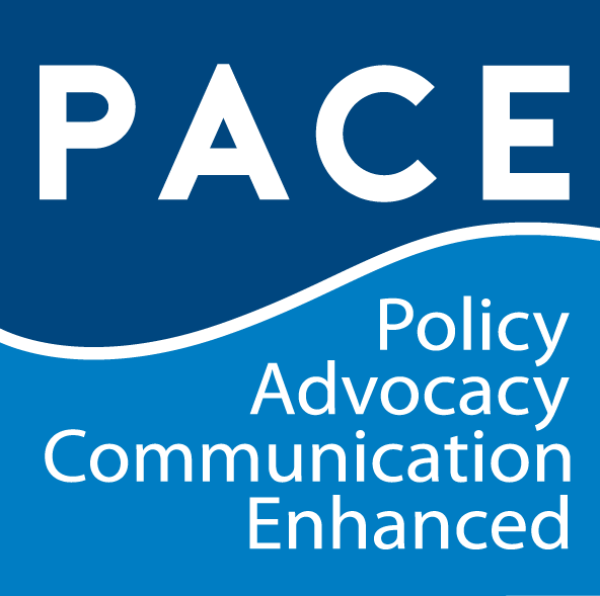The Communicating Research Through Social Media module introduces participants to the most common social media platforms (including Twitter, Facebook, LinkedIn, and blogging). Participants learn how to tailor social media messages using evidence-based content and to identify target policy audiences for social media dissemination. Participants will benefit from the principles of policy writing in Module 3 before beginning this module.
At the conclusion of this module, participants will be able to:
- Describe distinctive elements of three or more social media platforms.
- Describe how to identify influential users for a given issue on a given social media platform.
- Select appropriate content for evidence-based social media messages using Twitter, Facebook, and blogs.
At the conclusion of this module, participants will have developed their own:
- Facebook posts and Tweets relevant to a policy brief or research blog.
- Evidence-based academic blog.
Download All Materials (ZIP)
Download the French Translation (ZIP)
Download the Spanish Translation (ZIP)


